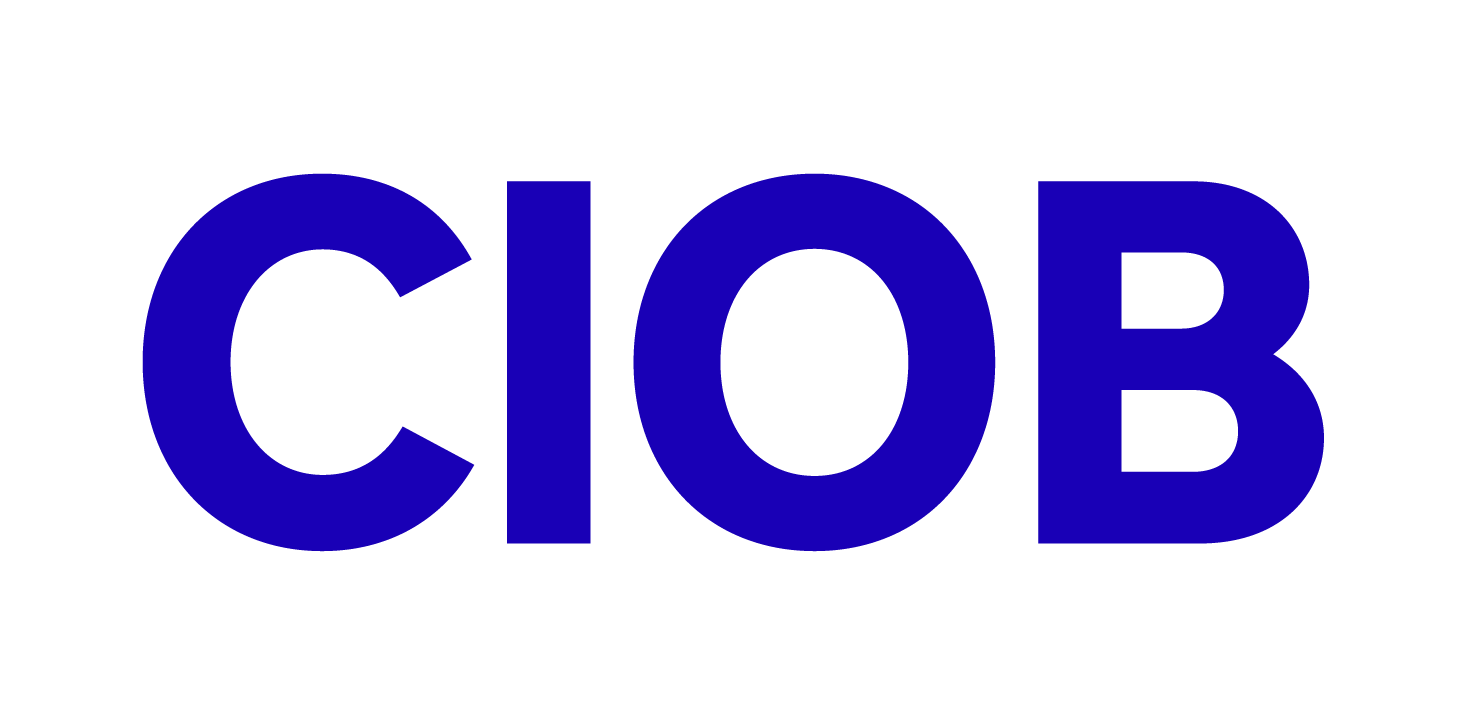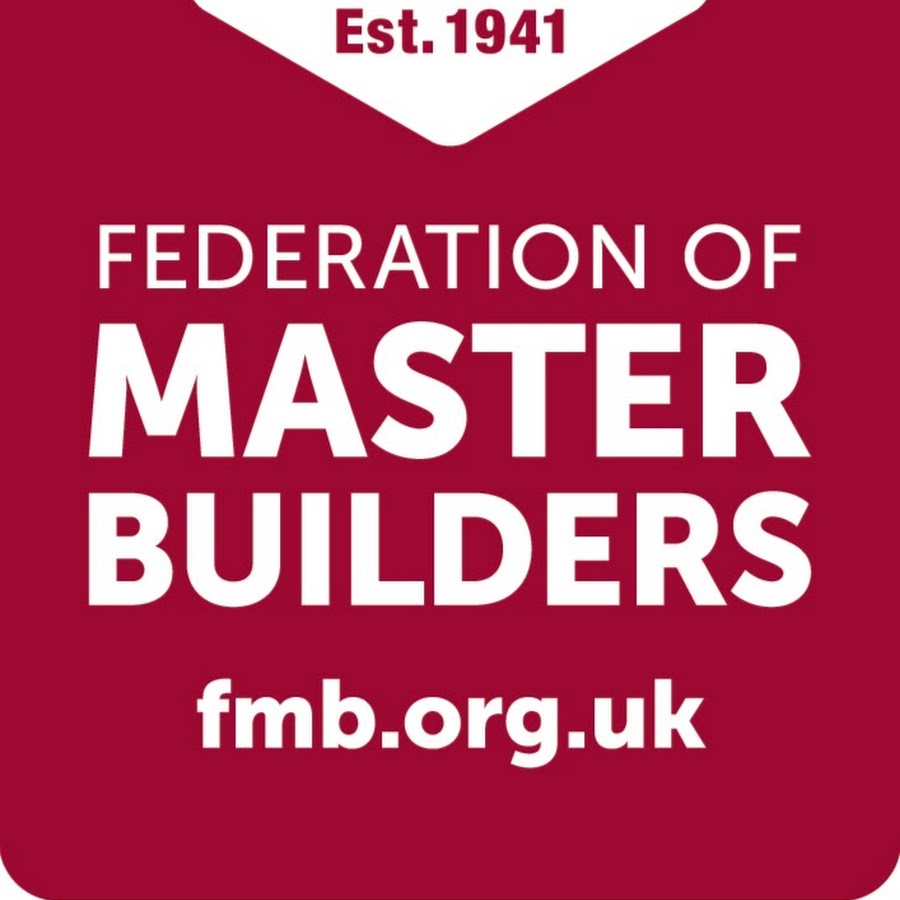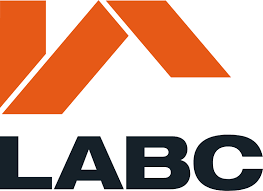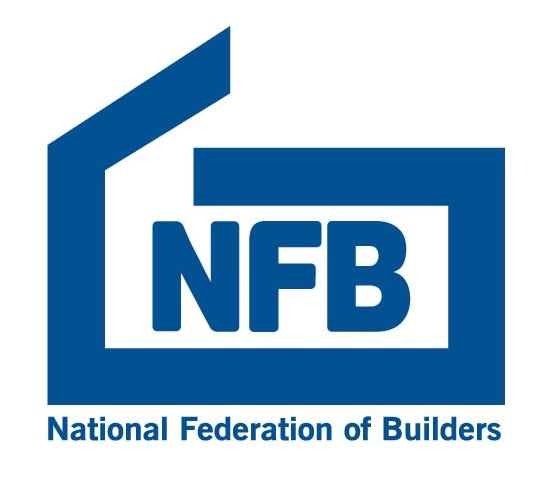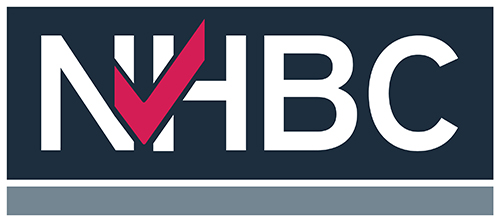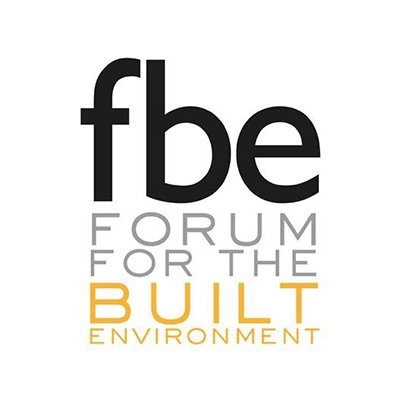The need for leading and learning

This month Martyn Jones examines the challenges facing leaders and learners as we look to benefit from the new technologies and ways of working that are coming our way in the new paradigm. He also reflects on what we have learnt in our response to the last paradigm shift that might be helpful to us now.
Given the immediate difficulties and turbulence we face (according to Glenigan construction starts in the fourth quarter of 2022 slumped to their lowest level since the first Covid lockdown), it might be seen as presumptuous to be asking leaders and learners to take a longer-term view.
But we need to keep our eyes on the wider, longer-term picture if we are to benefit from the paradigm shift that is surely coming. As in previous shifts to a new techno-economic paradigm, effective leadership and learning will be needed to encourage and support the change, capitalise on the opportunities, and overcome the barriers to progress.
Here are some suggested key actions we might look to taking as leaders and learners.
We might start by disrupting our own thinking, developing a greater strategic view of the construction market and the wider operating environment. Alongside this, cultivate our understanding of the change that is coming and its likely impact on our organisation and the sector of construction in which we operate.
Disrupt the thinking of those around us within our own organisations but also those in our project teams and supply chains, whilst reassuring them about the need for change, the benefits it can bring, and persuading them to join the process of change.
Recognise the importance of the readiness and preparedness of oneself, but of others too, and provide learning and development opportunities for individuals and teams to improve skills and knowledge and change behaviours.
Deploy digital technologies, including AI, to enhance decision-making, increase quality and productivity, improve communication, and build greater openness and mutual understanding.
Unlock its potential to realise value throughout the whole project lifecycle, from feasibility through design, procurement, manufacturing, construction, operation, asset management, and reuse and recycling. And more fundamentally, to help finally transform our operating system and business models.
Further flatten any hierarchies in our organisations and project teams and empower employees and partners to provide more direct and open communication to enable greater knowledge sharing and support creativity and innovation.
Build a culture of quality-based continuous improvement and pride in our work, rejoicing in the contribution we collectively make to the economy and the quality of lives, and reversing our race to the bottom.
Strive for and finally achieving gender balance in construction to access more talent, introduce new thinking to foster collaboration and innovation, and help address the changing demographics of the workforce.
Some of us are old enough to have lived through the last paradigm shift sparked by the Latham and Egan reports back in the 1990s. It is important that we take forward the lessons from this previous attempt at transformation.
What are the biggest lessons? Here are three to reflect on: collaboration, having a sense of purpose and urgency and an appropriate leadership style.
We have finally come to recognise the importance of collaboration but we still often underestimate its complexity in construction. Although it has become one of the most frequently used words in the industry today it is still probably the least understood. And given the specificities of construction we may have set ourselves targets for collaboration and integration that are unrealistic given the short-term inter-organisation relationships in much of construction.
And most of us have now come to realise that it takes time, patience, and perseverance to nurture, develop, and sustain the trust necessary for collaboration within – never mind between – organisations. Skipping steps creates only the illusion of speed and never produces a satisfying result.
There needs to be a great enough sense of purpose and urgency. We often fail to convey the need to look hard and critically enough at our competitive situation, technological and organisational trends, behaviours, and our all too often disappointing project outcomes. Without purpose and motivation, people do not actively participate in the change process and the outcomes are disappointing.
A new techno-economic paradigm requires new styles of leadership. We are still too wedded to the authoritative “command-and-control” management style, which demotivates people, increases stress and suppresses initiative, engagement, and innovation.
Whereas, at the other end of the leadership spectrum, coaching focuses on problem solving and learning and helps create a culture of high performance. Characteristics of this culture are collaboration, empowerment, and fulfilment. It is underpinned by clear skills and ethics which include trust, partnership and collaboration, belief in potential, intention and meaning, active listening, and learning.




